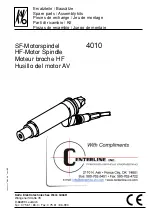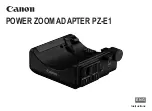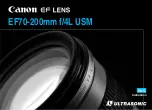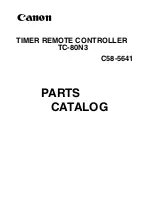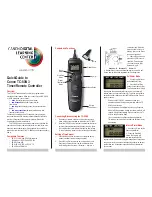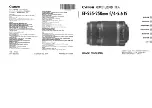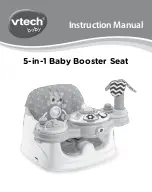
NVS 6
MANUAL
Page
29
6.2.13 Carry out preparatory operations on the pilot’s helmet in
compliance with the Manual. Loosen cross-shaped knob (11) and use it to
move visor guard (15) fully so that the visor guard is retracted under the
casing. These done, fix the visor guard in this position by tightening the
cross-shaped knob.
6.2.14 Install the night-vision goggles, which are currently placed in
the stowed position, onto the helmet (with the helmet removed from the
head), by joining the fixing assembly of the night-vision goggles to the
helmet mount. To do so, insert the plate of the fixing assembly of the
night-vision goggles into the slots of guide (12) (Ref. Fig. 6.4) of helmet
mount (26). Exercise due care to avoid misalignment, then, turn the plate
upwards until retainers (13) become latched.
6.2.15 Attach cable (14) to the helmet by first passing it under
unfastened strap (10) on counterweight (9) and then fasten the strap
using the sticking fastener.
6.2.16 Secure the helmet, complete with the goggles placed in the
stowed position, on the pilot’s head.
6.2.17 Transfer the goggles to the operating position (Ref. Step 6.2.2
of this Manual) and turn them on (Ref. Step 6.2.7 of this Manual).
6.2.18 Set RH side monocular (29) precisely opposite the right eye
of the pilot. To do so, ease up knob (2) and displace the monocular pair of
the night-vision goggles in the cruciform guides of the fixing assembly
upward or downward, forward or backward. Simultaneously turn them
about the axis of knob (2) to find the optimum position at which the NVS 6
monocular pair is properly set away from the eyes and their optical axes
have the required tilt.
By an optimum position of the monocular pair relative to the pilot’s
eyes, is meant, a position that provides adequate conditions for carrying
out observation of the full field of view of the RH side monocular with the
Summary of Contents for NVS 6
Page 59: ...NVS 6 MANUAL Page 54 ...































